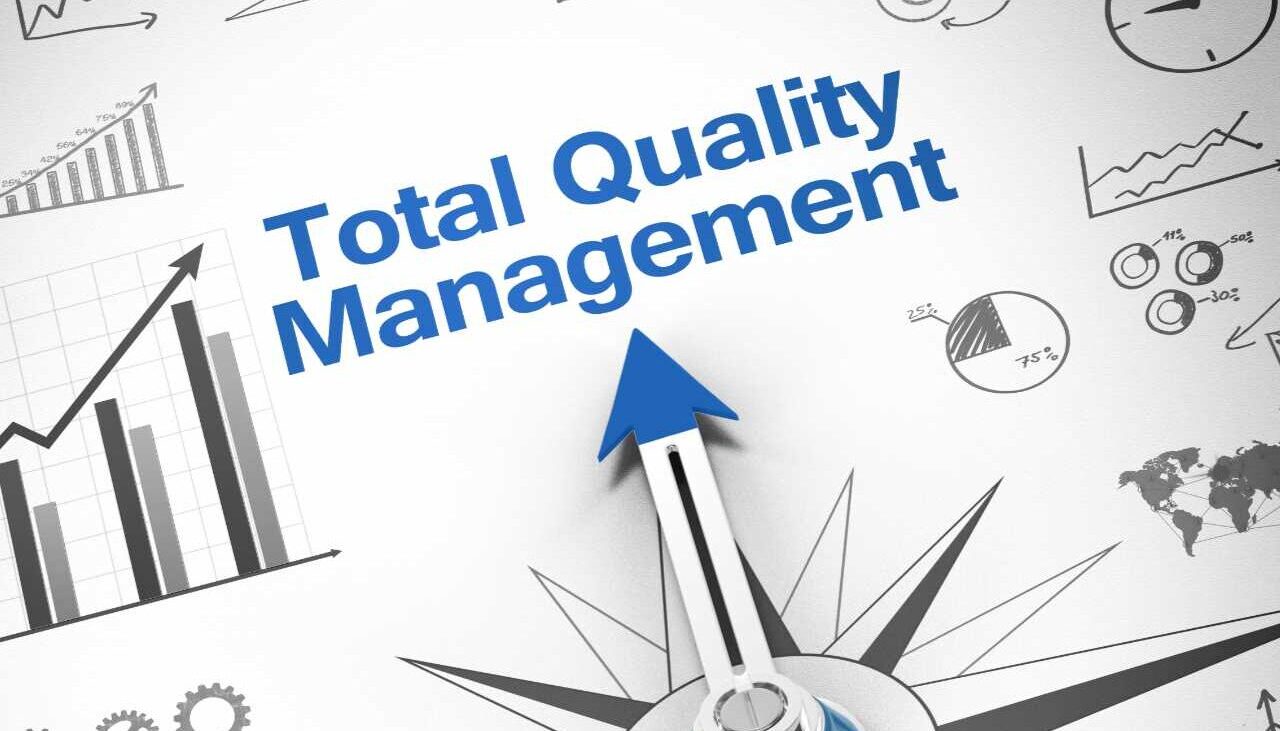Irish businesses increasingly use cloud computing services, with 59% of companies purchasing cloud-based solutions in 2021 compared to 51% in 2020. Cloud computing can help enterprises to cost-effectively scale their services up or down quickly and securely and remotely store data.
Cloud computing refers to accessing resources, software, and data over the Internet stored on remote servers. As this falls outside the confines of local hardware and installed software, understanding how to keep data safe has become critical as data is no longer stored within the confines of a business.
Most cloud providers have robust security and are active in protecting the integrity of their servers. However, businesses and organisations must also take precautions to protect data, applications, and workflow systems running on the cloud.
Your organisation may also offer cloud-based services to other companies. Ensuring access to your hosted cloud-based services is critical to ensure data is securely stored, accessed and managed.
What is cloud security?
Cloud security, also known as cloud computing security, is the umbrella term for the policies, controls, procedures and technologies that work together to protect cloud-based data, applications and systems and cover a number of security issues in cloud computing.
Find out more about ISO 27017 cloud data protection.
Why is cloud security important?
Cloud security protects against internal and external threats and incidents, including:
- Data leaks.
- An unauthorised individual gaining access to internal data.
- An authorised individual having too much access to internal data.
- Malicious attacks, such as malware infections or DDoS (distributed denial-of-service) attacks.
Having robust cloud security policies in place can mitigate the risk of such attacks.
Read our free cyber security checklist and essential controls for SMEs.

Key pillars of cloud security
A cloud security strategy should encompass:
User security – This controls who can access which data, what they can do with that data, and how long their access will last.
Device security – This covers equipment with which data is accessed, including the end-user devices that an organisation may not have direct control over.
Network security – How data is transmitted over a network, both internally and across organisations.
Data centre security – Protects data where it is stored, such as on cloud-based servers.
Content security – This controls the data itself to ensure it can’t leave an organisation’s controlled file-sharing environment.
Read our free guide on how to protect your business from cybercrime.

Security issues in cloud computing – tools and procedures
Strong encryption
Encrypting data means that data is scrambled so that it only can be decrypted and accessed by authorised individuals.
Data can be encrypted while it is stored and while it is being transferred, meaning cyber attackers won’t be able to intercept it as it is being digitally sent somewhere else. Encryption can be done via several methods depending on the cloud system used.
IAM products
Identity and access management (IAM) products are used to track users, the data and applications they have access to and where they can access data from, such as a work or personal computer. They can also deny access to any unauthorised users.
IAM products reduce the risk of account takeovers and insider attacks, where employees abuse their access privileges to leak data. IAM can be completed with a single service or multiple capabilities, such as identity providers (IdP) and multi-factor authentication (MFA).
Data loss prevention (DLP)
DLP services are designed to ensure the security of regulated cloud data. DLP solutions use a combination of remediation alerts, data encryption, and other preventative measures to ensure that sensitive data is not lost, misused, or accessed by unauthorised users.
Learn how to demonstrate GDPR compliance with our guide.
Automatic security updates
Many cloud security providers automatically update their security services. Doing this automatically and not leaving it to clients to authorise whenever an update is needed ensures continuous cloud security. It allows for real-time updates in response to emerging cyber threats.
However, many cloud security providers will alert clients before making any updates, informing them of what updates are being made, any effects of those updates, and if these updates will impact their daily usage of the service.
Cloud firewalls
A cloud firewall acts as a protective barrier around the data and applications your store in the cloud. Cloud firewalls are hosted in the cloud and form virtual security barriers, unlike traditional firewalls that are hosted on the premises and create barriers around the network perimeter.
Cloud firewalls block DDoS attacks and vulnerability exploits, such as hackers attempting to access your network via an unsecured website. This protects your organisation’s cloud infrastructure from being crippled by hackers.
Provide cloud security employee training
Employees are on the front line when it comes to facing cyber-attacks, so ensuring they are trained on your organisation’s policies, what to look out for in case of an attack, and how to report anything suspicious is key to protecting your organisation’s data and reducing security issues in cloud computing.
Read our guide to keeping customer data secure with our data security guide.
Only use ISO 27017-certified IMS
ISO 27017 is the international standard for information technology security, so you know that any IMS that has this certification is up-to-date and in line with current regulations.
Have a backup plan
Even with all the cloud security, your organisation could afford in place, data breaches and disruptive outages can still occur. This is why it’s important to have a business continuity plan and use disaster recovery solutions to deal with the recovery of lost data and resume normal business operations.









